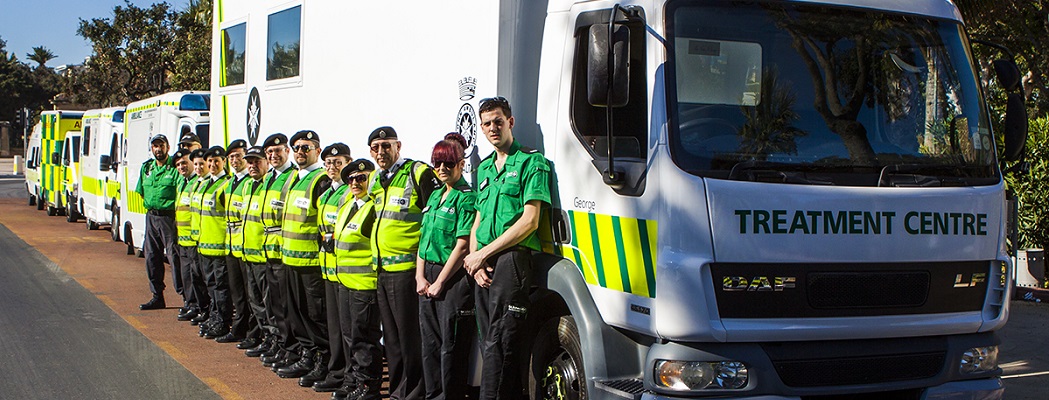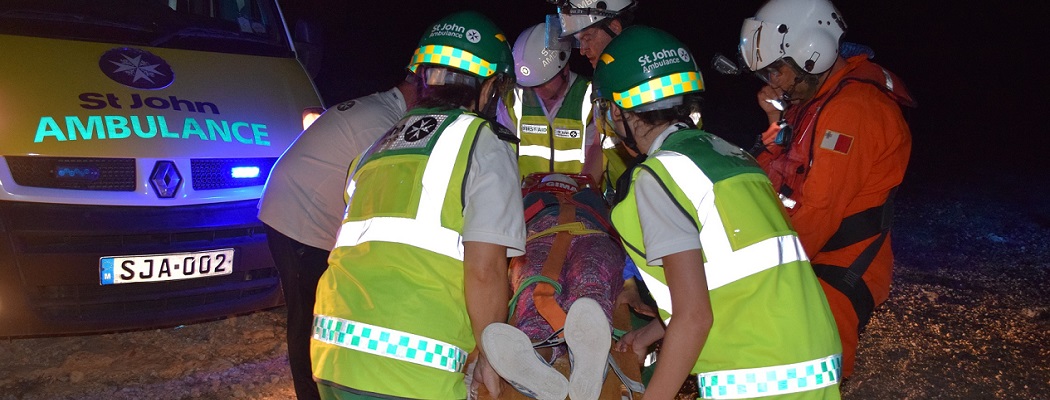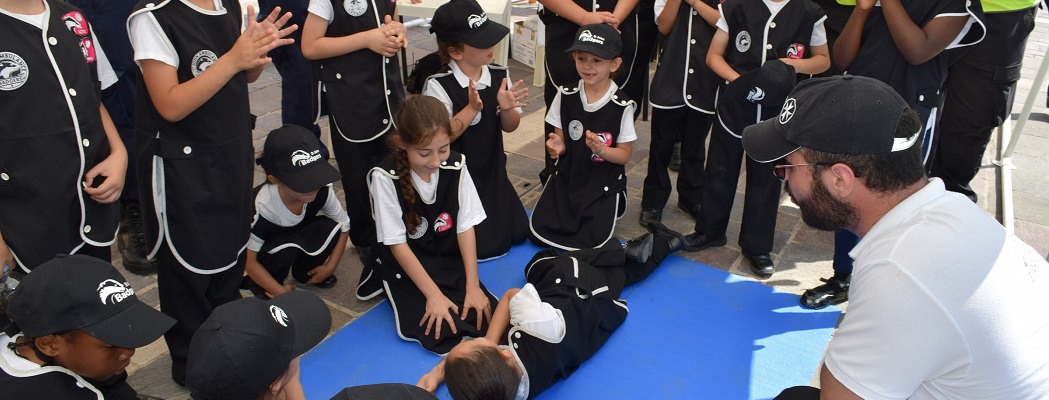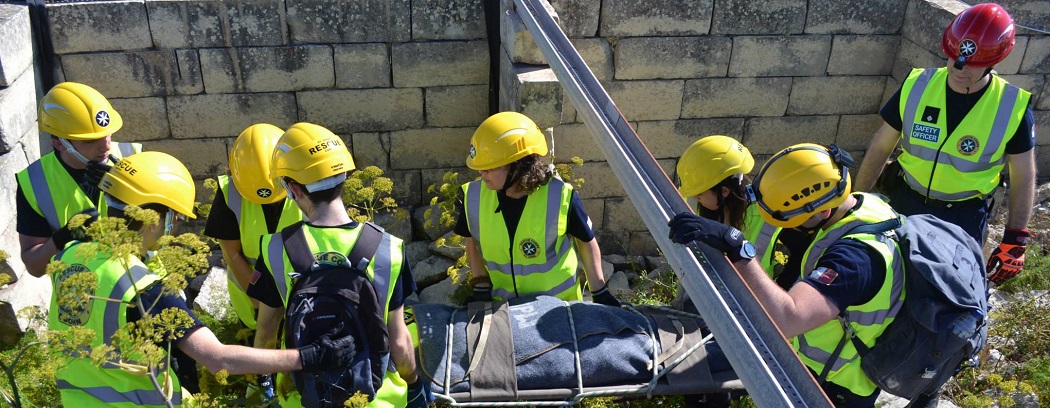These first aid tips are no substitute for thorough knowledge of first aid.
Attend a St John Ambulance First Aid Course.
Babies
A baby is considered to be less than one year old for the purposes of these instructions.
- If you have someone with you, send them to dial 112 for an ambulance immediately.
- If you are on your own carry out CPR for one minute before dialling 112 for an ambulance.
Attempt to give five rescue breaths:
- Ensure the airway is open.
- Seal your lips around the baby’s mouth and nose.
- Blow gently into the lungs, looking along the chest as you breathe. Fill your cheeks with air and use this amount each time.
- As the chest rises, stop blowing and allow it to fall.
- Repeat this five times.
Give 30 chest compressions:
- Place the baby on a firm surface.
- Locate a position in centre of the chest.
- Using two fingers, press down sharply to a third of the depth of the chest.
- Press 30 times, at a rate of 100 to 120 compressions per minute.
- After 30 compressions, give two Rescue Breath.
Continue resuscitation (30 compressions to two attempts at giving rescue breaths) without stopping until help arrives.
Notes:
- If you are alone, carry out rescue breaths and chest compressions for one minute before taking the infant with you to call an ambulance.
- If you are familiar with adult CPR and have no knowledge of infant CPR, use the adult sequence using two fingers for compression.
- It is possible to identify the correct hand position without removing the infant’s clothes.






